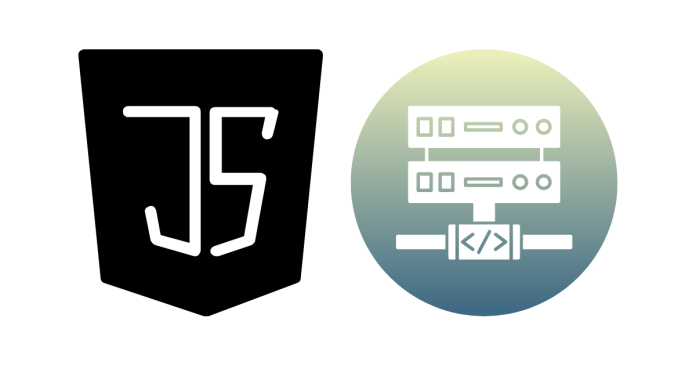Java Database Connectivity (JDBC) is a Java API that enables Java programs to interact with databases. Using JDBC, you can execute SQL queries, update records, and retrieve data from a database.
Here are the 5 basic steps to establish JDBC connectivity and interact with a database:
Step 1: Load the JDBC Driver
The first step is to load the database-specific JDBC driver. For most modern Java versions, the driver automatically loads when you include the JDBC library in your project.
Code Example:
try {
Class.forName("com.mysql.cj.jdbc.Driver"); // For MySQL
System.out.println("Driver Loaded Successfully!");
} catch (ClassNotFoundException e) {
e.printStackTrace();
}
- Explanation:
- Replace
com.mysql.cj.jdbc.Driverwith the driver class name for your database (e.g., Oracle, PostgreSQL). - For JDBC 4.0 and above, this step is optional because the driver auto-registers.
- Replace
Step 2: Establish a Connection
Use the DriverManager class to establish a connection to your database by providing the database URL, username, and password.
Code Example:
import java.sql.Connection;
import java.sql.DriverManager;
Connection connection = null;
try {
String url = "jdbc:mysql://localhost:3306/mydatabase"; // Replace "mydatabase" with your database name
String user = "root"; // Replace with your database username
String password = "password"; // Replace with your database password
connection = DriverManager.getConnection(url, user, password);
System.out.println("Connection Established Successfully!");
} catch (Exception e) {
e.printStackTrace();
}
- Database URL Format:
- MySQL:
jdbc:mysql://hostname:port/database_name - Oracle:
jdbc:oracle:thin:@hostname:port:database_name - PostgreSQL:
jdbc:postgresql://hostname:port/database_name
- MySQL:
Step 3: Create a Statement
After establishing a connection, you need a Statement object to execute SQL queries.
Code Example:
import java.sql.Statement;
Statement statement = null;
try {
statement = connection.createStatement();
System.out.println("Statement Created Successfully!");
} catch (Exception e) {
e.printStackTrace();
}
- Alternative: You can also use
PreparedStatementorCallableStatementfor parameterized or stored procedure queries.
Step 4: Execute SQL Queries
Use the Statement object to execute SQL queries. There are three main methods:
executeQuery(String sql): For SELECT queries (returns aResultSet).executeUpdate(String sql): For INSERT, UPDATE, DELETE queries (returns an integer for rows affected).execute(String sql): For both types of queries (returns a boolean).
Code Example (SELECT Query):
import java.sql.ResultSet;
try {
String query = "SELECT * FROM users"; // Replace "users" with your table name
ResultSet resultSet = statement.executeQuery(query);
while (resultSet.next()) {
System.out.println("User ID: " + resultSet.getInt("id"));
System.out.println("User Name: " + resultSet.getString("name"));
}
} catch (Exception e) {
e.printStackTrace();
}
Code Example (INSERT Query):
try {
String query = "INSERT INTO users (id, name) VALUES (1, 'John Doe')";
int rowsAffected = statement.executeUpdate(query);
System.out.println("Rows Inserted: " + rowsAffected);
} catch (Exception e) {
e.printStackTrace();
}
Step 5: Close the Connection
Once the operations are complete, close the Connection, Statement, and ResultSet objects to release resources.
Code Example:
try {
if (statement != null) statement.close();
if (connection != null) connection.close();
System.out.println("Connection Closed Successfully!");
} catch (Exception e) {
e.printStackTrace();
}
Complete Example
import java.sql.Connection;
import java.sql.DriverManager;
import java.sql.ResultSet;
import java.sql.Statement;
public class JDBCExample {
public static void main(String[] args) {
Connection connection = null;
Statement statement = null;
try {
// Step 1: Load the JDBC Driver
Class.forName("com.mysql.cj.jdbc.Driver");
System.out.println("Driver Loaded Successfully!");
// Step 2: Establish a Connection
String url = "jdbc:mysql://localhost:3306/mydatabase";
String user = "root";
String password = "password";
connection = DriverManager.getConnection(url, user, password);
System.out.println("Connection Established Successfully!");
// Step 3: Create a Statement
statement = connection.createStatement();
// Step 4: Execute SQL Query
String query = "SELECT * FROM users";
ResultSet resultSet = statement.executeQuery(query);
while (resultSet.next()) {
System.out.println("User ID: " + resultSet.getInt("id"));
System.out.println("User Name: " + resultSet.getString("name"));
}
// Step 5: Close the Connection
resultSet.close();
statement.close();
connection.close();
System.out.println("Connection Closed Successfully!");
} catch (Exception e) {
e.printStackTrace();
}
}
}
Additional Notes
- JDBC Driver Dependency: Add the corresponding JDBC driver to your project. For Maven:
<dependency> <groupId>mysql</groupId> <artifactId>mysql-connector-java</artifactId> <version>8.0.33</version> <!-- Adjust version as needed --> </dependency> - Error Handling: Always handle SQL exceptions properly to debug errors.



